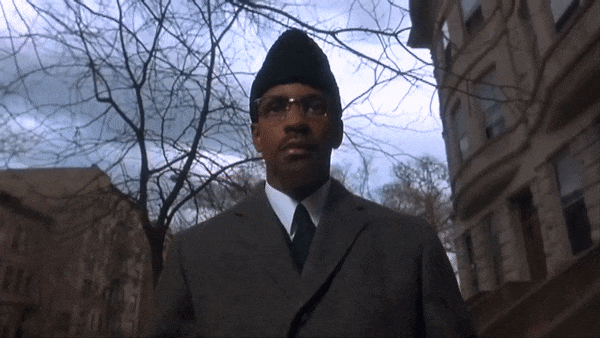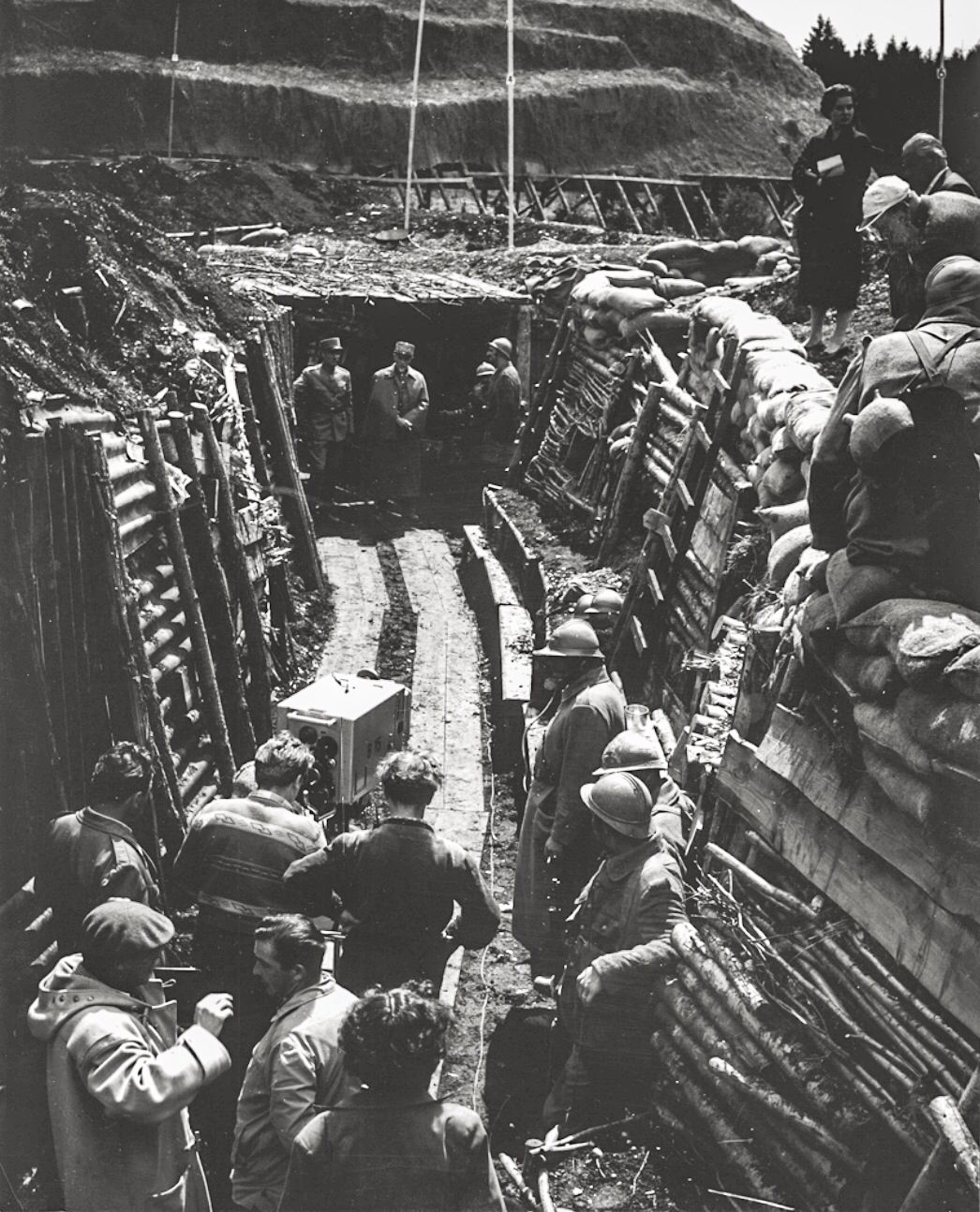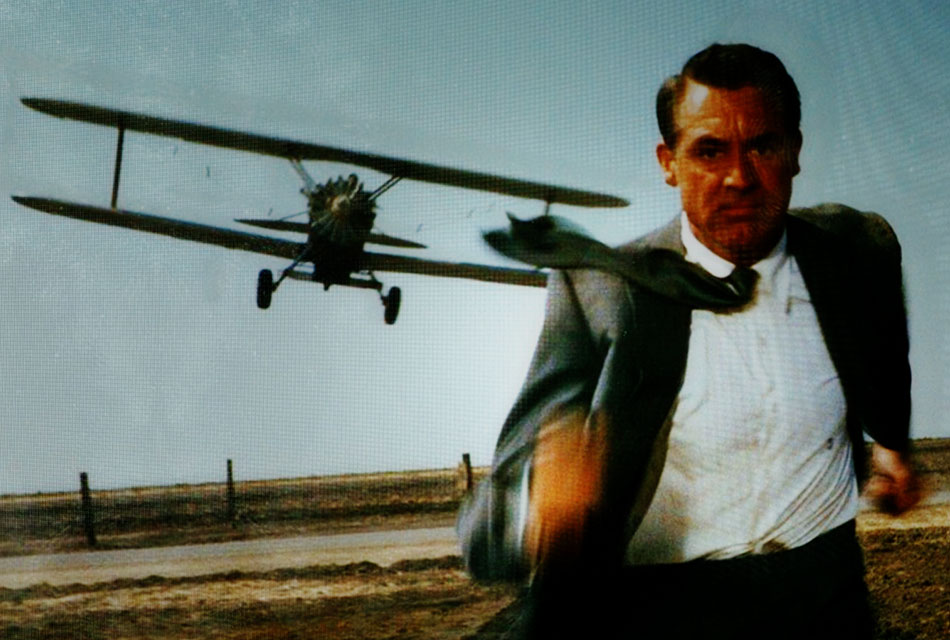Paths of Glory
The sequence is all the more striking as it intercuts between three separate shots. At first we see Dax's face as the trenches are revealed behind him, the second shot is from his point of view and we realise the proximity of the shellfire and that the trenches are vast, finally we cut to a claustrophobic shot still from Dax's POV, as soldiers cramp around the camera and their terror is clear in their faces as they fail to hold its gaze.

The opening scene of Paths of Glory makes use of an extensive dolly shot through a World War I trench. Kubrick used a rubber-wheeled dolly to achieve the shot in order to avoid having visible tracks.

In one of Spike Lee’s signature dolly shots, Denzel Washington is also being dollied along with the camera, helping the audience to understand how weary and lonely he’s become over the course of the film.
Mounting one on a moving platform was probably one of the most meaningful innovations ever made in cinematography. It freed up the camera to move within the scene and transformed the viewer from a voyeur to a participant. Cameras are still fairly heavy, and human hands shake, so dollies are still very much in use.
They’re usually mounted on what look like miniature train tracks made from steel, aluminium, or even rubber, but can also have non-tracked wheels. The platform is outfitted with a pneumatic system for lifting the camera operator and the camera, and the whole device is moved along the track either by a dolly grip (‘grip’ is a term meaning operator or technician) or sometimes by the camera operator on those dollies that feature an integrated control system.

The dolly filming the opening scene of Paths of Glory

Director Stanly Kubrick on the set of Paths of Glory

The trench set and hidden track in Paths of Glory

Here's the NextShoot crew setting up for a particularly ambitious track and dolly shot. The track is laid out along the rubber matting on the floor and levelled with small wooden wedges. The dolly is then moved down the track. The camera is on a remote head on the end of a 15 foot crane. You can see a few of the resulting shots here https://nextshoot.com/video/bloomberg-london-building-press-video from 1.10

Here's NextShoot's super portable Dana Dolly in use at the V&A in London. The Dolly itself moves along two tracks which can be extended to up to 3 meters in length. The track is then supported on two 'low boy' stands with wheels so it's simple to move around.
Main image Kirk Douglas in 'Paths of Glory' (1957) © Bryna Productions / United Artists
Clip from 'Paths of Glory' (1957) © Bryna Productions / United Artists
Behind the scenes photography from Paths of Glory © Metro Goldwyn Mayer Inc
Clip from 'Malcolm X' (1992) © 40 Acres and a Mule Filmworks /Warner Bros.


